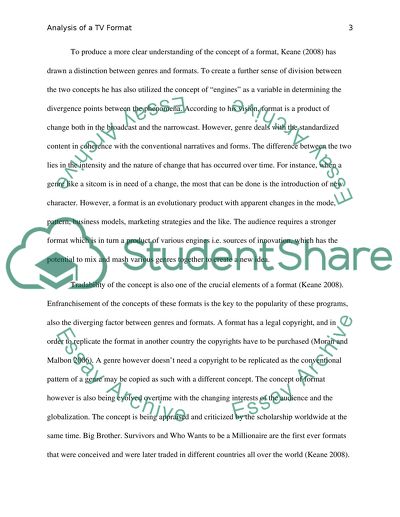Cite this document
(“An Analysis of a TV Format: 'Big Brother' Essay”, n.d.)
Retrieved de https://studentshare.org/sociology/1447200-analyse-a-specific-tv-format-highlighting-the
Retrieved de https://studentshare.org/sociology/1447200-analyse-a-specific-tv-format-highlighting-the
(An Analysis of a TV Format: 'Big Brother' Essay)
https://studentshare.org/sociology/1447200-analyse-a-specific-tv-format-highlighting-the.
https://studentshare.org/sociology/1447200-analyse-a-specific-tv-format-highlighting-the.
“An Analysis of a TV Format: 'Big Brother' Essay”, n.d. https://studentshare.org/sociology/1447200-analyse-a-specific-tv-format-highlighting-the.


